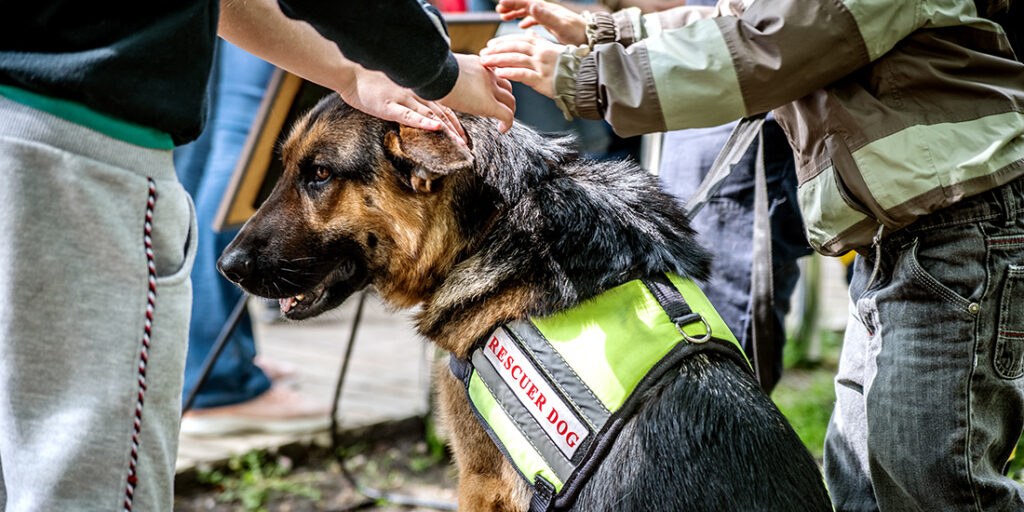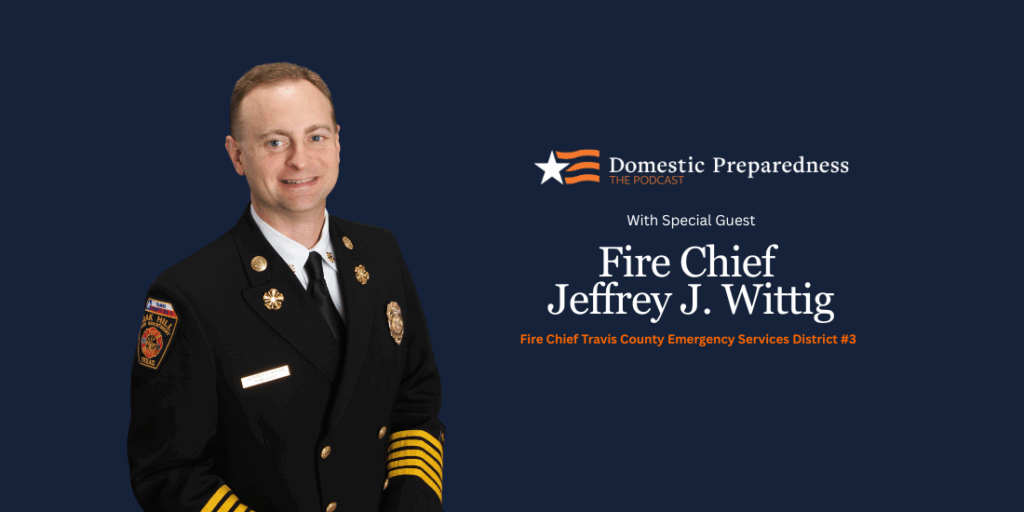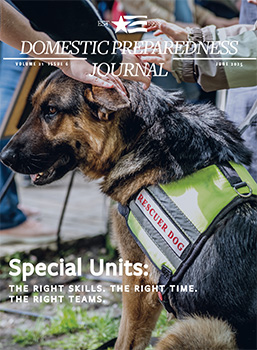Today's Top Picks

Control System Cybersecurity Concerns
The U.S. electric grid, which was designed more than 100 years ago, consists of control systems and field equipment. The grid was originally designed with large central station generation – for example, coal, oil, nuclear, natural gas, hydro – with transmission and distribution substations to deliver electricity to the end customer. As central station power plants are being supplanted by renewable generation from sources such as solar and wind, control systems are becoming more complex and increasingly vulnerable to cyberthreats, especially as the control system networks are connected to the internet.

Introducing the “ACT” Crisis Management Framework
There is no shortage of crisis management tools and concepts, yet individuals and organizations often still struggle to respond effectively when a crisis occurs. There are likely numerous reasons for this, but one challenge stems from an inability to operationalize the key concepts during a crisis. It can be helpful to establish frameworks that can serve as “mental cues” to organize, guide, and prompt action. This article examines one such framework.

Combating the Single Point of Failure
On 25-26 January 2016, many first responder radio systems across North America reported faults. The U.S. government received similar reports from cellular networks and digital broadcast companies around the world. A Federal Aviation Administration (FAA) flight safety system called ADS-B was also out of service for several hours. Some systems failed, some services were degraded, others just alarmed. All required human intervention and caused concern for the better part of a day.
Trending
 Bridging Communication Gaps: Lessons from Hurricane Helene by Greg Hauser Hurricanes in 2024 caused widespread damage to infrastructure, leading to a critical but often overlooked issue: isolation. Physical and technological…
Bridging Communication Gaps: Lessons from Hurricane Helene by Greg Hauser Hurricanes in 2024 caused widespread damage to infrastructure, leading to a critical but often overlooked issue: isolation. Physical and technological… A Systems Thinking Approach to Improving Emergency… by William Chapman “PACE” planning helps organizations fail gracefully, but systems thinking reduces the likelihood of failure altogether. Combining both approaches helps organizations…
A Systems Thinking Approach to Improving Emergency… by William Chapman “PACE” planning helps organizations fail gracefully, but systems thinking reduces the likelihood of failure altogether. Combining both approaches helps organizations… Disaster Stress Management in an Emergency Operations Center by Mary Schoenfeldt Disasters affect responders and community members, but they also bring trauma to those working inside emergency operations centers. Distance from…
Disaster Stress Management in an Emergency Operations Center by Mary Schoenfeldt Disasters affect responders and community members, but they also bring trauma to those working inside emergency operations centers. Distance from… Why Emergency Management Is a Good Career for… by Mathew Perrill For many service members, the transition from the military to a civilian workforce can be challenging. They have been trained…
Why Emergency Management Is a Good Career for… by Mathew Perrill For many service members, the transition from the military to a civilian workforce can be challenging. They have been trained…Trending
 Disaster Stress Management in an Emergency Operations Center by Mary Schoenfeldt Disasters affect responders and community members, but they also bring trauma to those working inside emergency operations centers. Distance from…
Disaster Stress Management in an Emergency Operations Center by Mary Schoenfeldt Disasters affect responders and community members, but they also bring trauma to those working inside emergency operations centers. Distance from… Why Emergency Management Is a Good Career for… by Mathew Perrill For many service members, the transition from the military to a civilian workforce can be challenging. They have been trained…
Why Emergency Management Is a Good Career for… by Mathew Perrill For many service members, the transition from the military to a civilian workforce can be challenging. They have been trained… Bridging Communication Gaps: Lessons from Hurricane Helene by Greg Hauser Hurricanes in 2024 caused widespread damage to infrastructure, leading to a critical but often overlooked issue: isolation. Physical and technological…
Bridging Communication Gaps: Lessons from Hurricane Helene by Greg Hauser Hurricanes in 2024 caused widespread damage to infrastructure, leading to a critical but often overlooked issue: isolation. Physical and technological… A Systems Thinking Approach to Improving Emergency… by William Chapman “PACE” planning helps organizations fail gracefully, but systems thinking reduces the likelihood of failure altogether. Combining both approaches helps organizations…
A Systems Thinking Approach to Improving Emergency… by William Chapman “PACE” planning helps organizations fail gracefully, but systems thinking reduces the likelihood of failure altogether. Combining both approaches helps organizations…Trending
Bridging Communication Gaps: Lessons from Hurricane Helene by Greg Hauser Hurricanes in 2024 caused widespread damage to infrastructure, leading to a critical but often overlooked issue: isolation. Physical and technological…
A Systems Thinking Approach to Improving Emergency… by William Chapman “PACE” planning helps organizations fail gracefully, but systems thinking reduces the likelihood of failure altogether. Combining both approaches helps organizations…
Disaster Stress Management in an Emergency Operations Center by Mary Schoenfeldt Disasters affect responders and community members, but they also bring trauma to those working inside emergency operations centers. Distance from…
Why Emergency Management Is a Good Career for… by Mathew Perrill For many service members, the transition from the military to a civilian workforce can be challenging. They have been trained…
Domestic Preparedness Journal
Featured in this issue
- Special Units and Underutilized Resources
- Law Enforcement and Multidisciplinary Teams
- Public Order Policing Units in Disasters
- State Defense Forces in Emergency Response
- Emergency Carcass Operations
- Wildfire PREsponse: Closing the Gap With Mitigation
- Scouts and the Value of Prepared Youth
- Service Dogs: What First Responders Need to Know
- Emergency Management for Transitioning Veterans
- Podcast – Reframing Hurricane Response: Craig Fugate on Survivors as a First Line of Defense
- Podcast – Built to Serve: Chief Jeffrey J. Wittig on TIFMAS, Teamwork, and Emergency Response
Articles Out Loud

Article Out Loud – Law Enforcement Collaboration Within Multidisciplinary Teams
June 25, 2025
This is an article by Richard Schoeberl and Anthony (Tony) Mottola, an Article Out Loud from Domestic Preparedness, June 25,

Article Out Loud – State Defense Forces: The Untapped Backbone of Emergency Response
June 25, 2025
This is an article by Robert Hastings, an Article Out Loud from Domestic Preparedness, June 25, 2025. As disasters become








Disasters – Seeing the Big Picture